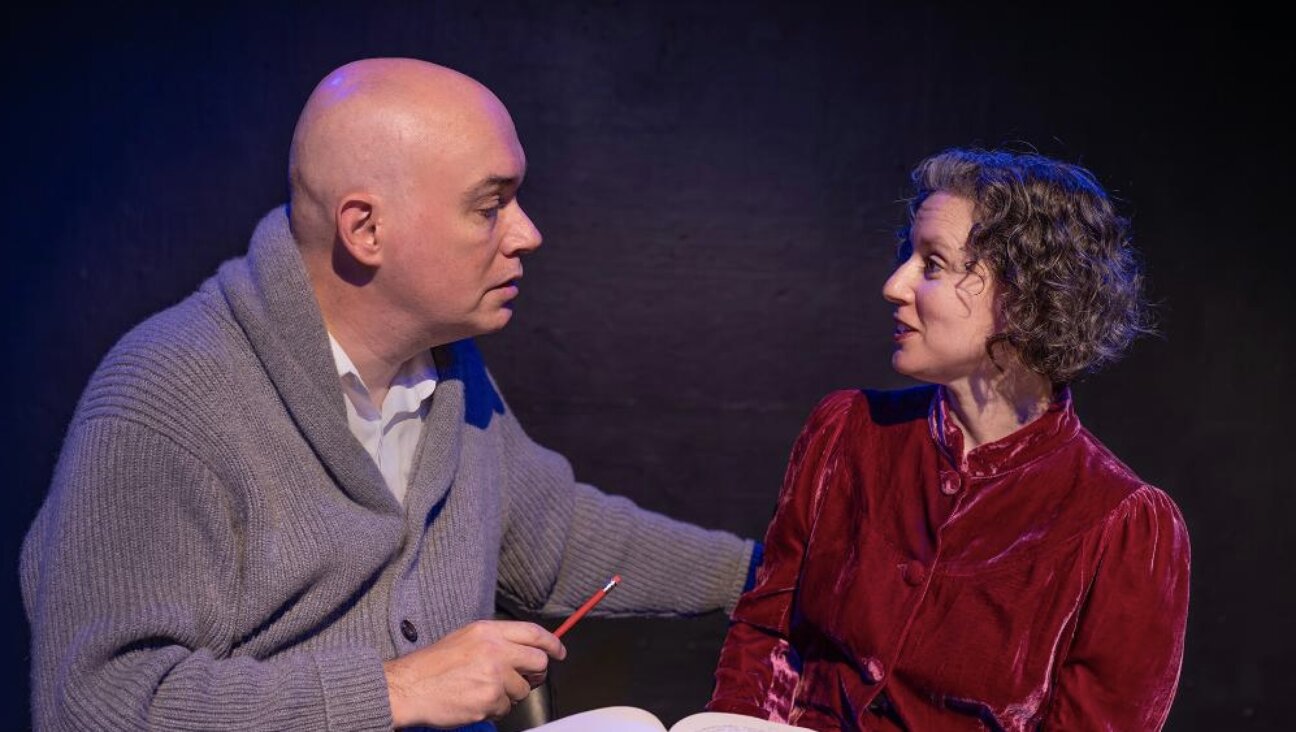Lazarus Tongues in Israel and Ireland
Kevin Barry, a graduate student in history at the University of Delaware, has sent me a paper he has written that compares the successful revival of Hebrew as a spoken language in 20th-century Palestine/Israel to the failed attempt to revive Gaelic in 20th-century Ireland. Although I once touched on this subject years ago, I did so from a Jewish perspective, with little knowledge of the Irish experience. Mr. Barry has kindly shared some of his knowledge with me, and I, in turn, am passing on a bit of it.
Gaelic, the native language of Ireland before English arrived in the 13th century with the island’s British conquerors, belongs to the Celtic branch of the Indo-European family, whose two other living representatives are Welsh and Breton. As late as the 18th century, it was still the native language of a majority of Ireland’s population; thereafter, however, its decline was swift. By 1860, according to Mr. Barry, it was the first language of only 1 million out of 4 million Irishmen. By 1900, the number had dropped to 600,000.
These same years saw not only the growth of a strong Irish nationalist movement that sought independence from Great Britain, but also the revival of Gaelic as Ireland’s national tongue. And yet while independence was won in 1922, a mere 70,000 Irish remain native speakers of Gaelic today. (Nearly half of all Irish, however, have some knowledge of the language from their education.) What went wrong? Why, by contrast, does Hebrew, which had *no *native speakers in 1860, now have millions?
Although on the face of it, Irish should have had a great advantage over Hebrew, Mr. Barry points to several factors that worked in the latter’s favor. The first, he writes, was “the fact that Jews in Palestine had a great measure of independence in shaping the schools of their children.” Under both Turkish and British rule, the authorities left the language of elementary school education entirely up to the Jewish community, and once Zionist ideology and pressure made that language Hebrew, Jewish children, from kindergarten age and up, naturally started to speak it to one another. In Ireland, on the other hand, the schools were controlled by the British, who of course favored the promulgation of English, and by the Catholic Church which, more concerned with religion than with language, was lukewarm to the Gaelic revival, fearing that it would drive English-speaking Catholics into the arms of the Protestants. Hence, the battle for Irish centered mainly on teaching it as a second language in high schools and universities, and this did little to promote its daily use.
In addition, Hebrew was a high-prestige language in Jewish eyes, associated with learning and cultivation, whereas Gaelic in Ireland was low prestige. Its speakers were largely illiterate rural inhabitants who associated it with their own backward condition and who wanted their children to speak English in order to get ahead in life. Moreover, as Mr. Barry observes, “The poverty within Irish speaking areas, combined often with a belief that this poverty was a consequence of speaking Irish, encouraged parents to teach their children English so they could escape by immigrating to England or the United States.” Thus, Irish nationalism and pro-Gaelic sentiment did not always go hand in hand. Although many Irish who wanted independence from Great Britain may have been for Gaelic in theory, practically speaking, they wanted the window on the wider world that English gave them.
Finally, as Mr. Barry puts it, “Palestine was a polyglot environment.” Hebrew was able to serve as a common language among the Jews of Palestine, who were divided into Yiddish-speaking, Ladino-speaking and other linguistic communities. The first language of none of them, Hebrew was the second language of all and was used widely for communication among them. But “in Ireland,” Mr. Barry writes, “a diglossia existed in which English was the hegemonic language.” Nearly all Gaelic speakers knew some English, and when an English-speaking Irishman and a Gaelic-speaking Irishman met, it was in English, not Gaelic, that they spoke.
And so Hebrew’s battle was won and Gaelic’s battle was lost. Yet, though English is today the near-universal language of Ireland, Gaelic, with the support of the Irish government, continues to hang on. It is still spoken, though diminishingly, in the Gaeltacht, the Gaelic preserves of Western Ireland; it is taught as a second language in all schools; some knowledge of it is required for civil service examinations, and it is broadcast and widely listened to over state radio and television stations. Perhaps most encouragingly for its partisans, it is now the language of instruction in a growing number of elementary schools, called *gailscoileanna, *outside of the Gaeltacht, in which some 31,000 students are enrolled. Who knows? Perhaps from the mouths of babes it will begin to spread again as a first language, just as Hebrew did in Palestine. Its tenacity, in any case, is impressive, even if its victories so far have not been.
Questions for Philologos can be sent to [email protected].















